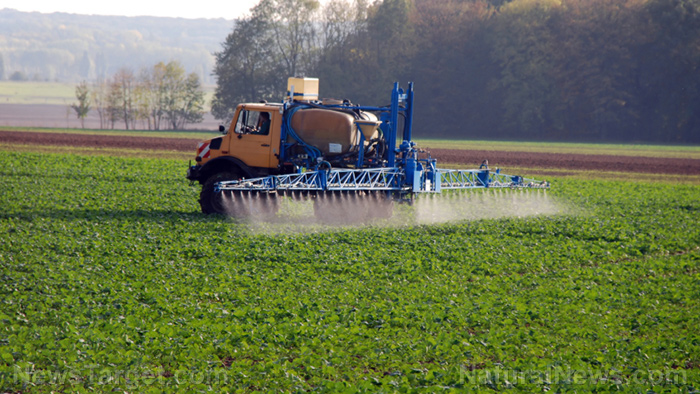
However, the effects that modern agriculture brings to the table are not always good, multiple studies have noted. Unfortunately, these practices can also result in diseases in nearby ecosystems, including the crops, which are "genetically uniform hosts" that are prone to disease. (Related: Plant diversity improves crop health and yields compared to monoculture.)
A study that was recently published in the ISME Journal adds more weight to the argument. In a collaborative effort, researchers have found that viral epidemics in plants impacted cultivated areas more than non-cultivated areas.
The study, led by researchers from France and South Africa, studied the relationships between agricultural land use and virus prevalence at floristic areas – regions that have distinct plant life – in the Western Cape and Camargue regions in South Africa and France, respectively.
According to Philippe Roumagnac, the study's corresponding author and a researcher in plant virology at the French Agricultural Research Centre for International Development (CIRAD), understanding these areas, in particular, those nearby agricultural lands, "could enable us to better understand the emergence of plant diseases."
The study also indicated that current knowledge regarding the diversity of plant viruses is "lacking," given that the trend of emerging plant diseases are viral in nature. Almost 50 percent of microbes that account for emerging plant diseases are viruses. However, only 1,400 species of plant viruses are identified – a figure which the authors believe is well below the actual number.
This actual count is "undoubtedly distorted," according to the research team, who provided two reasons for this. The first reason, they posited, is that the current description of viruses has been based on a limited number of cultivated plant species, and second, the viruses were characterized based on how they affect their hosts. They also indicated that more viruses remain to be discovered in areas where there is little human activity.
"Our knowledge of the world of plant viruses, therefore, remains extremely partial in terms of diversity, but also in terms of distribution at the agroecosystem level," explained Denis Filloux, a co-author of the study. "This lack of knowledge is an obstacle to our understanding of the global functioning of agroecosystems, and to the definition and quantification of risk factors in the emergence of new plant viral diseases or the design of strategies to tackle these diseases."
The study utilized a new viral metagenomics approach, which enabled the research team to study how the pathogenic agent affects the host and the environment. During a study period of two years, the team was able to study 1,725 geo-referenced plant samples in a 20.20 square kilometer land area which included farmlands and uncultivated vegetation. Biodiversity appears to provide natural checks and balances.
Researchers found that agricultural areas had a higher viral prevalence that non-cultivated areas. The outcome of the study substantiated the researchers' claim that modern agriculture plays a major role in virus distribution. Of the outcomes, they write: "Our findings indicate that agriculture substantially influences plant virus distributions and highlight the extent of current ignorance about the diversity and roles of viruses in nature."
Learn more scientific breakthroughs by heading to Science.news today.
Sources include:
Please contact us for more information.























